How do you cram the whole content of the book or article into a few words? How do you keep viewers interested enough to look a second time?
Coming up with a good headline is a task many writers take for granted. But good writers know that the title is just important as the whole book itself.
Your Web Designer Toolbox
Unlimited Downloads: 500,000+ Web Templates, Icon Sets, Themes & Design Assets
Starting at only $16.50/month!
You might also like to view this Inspirational Collection of Creative Headline and Taglines.
Benefits of a Great, Catchy Headline
Think of yourself as a fisherman, your audience as the fish, and your headline as your ‘fish bait’. In order to get the fish’s attention, you must bait them with something juicy enough to reel them in towards your call for action.
Often the headline is more important than even article! Even in email newsletters – everything is in the subject line – if it’s not compelling – people will not notice and send it directly to their trash. Since the market is already over saturated with so many ads and messages, it’s important to STAND OUT.
People nowadays have such short attention spans, and a headline that isn’t catchy will lead to your own demise.
Techniques to Create a Good Headline
1. Avoid Cliché Terms
People stopped responding to cliché terms such as ‘high quality’, ‘number one’, and ‘top of the line’ a long time ago. It takes more than that to convince viewers that what they’ll get is different from the rest.
2. Straight to the point vs. creative headlines
A direct, brief headline works in some cases, as do creative headlines. It depends on the situation really–direct headlines make use of the product characteristics and features; while the indirect headline is used to grab attention.
A direct headline gets straight to the point, with no intention to use creative tools or flowery words. Some examples of direct titles are: ‘Top Free iPod Apps’ and ‘West Jet Seat Sale at 50%’. Customers who are in a hurry, who want to get a benefit rather than entertainment, will prefer direct headlines–titles that get it right to the point.
The indirect headline otherwise ‘sells indirectly’. They are more subtle, using curiosity to intrigue the reader into knowing more.
3. How To Headline
This is a popular form of headline–because it piques the interest of readers in a snap. It’s everywhere, online and offline.
And it’s so easy to make a how to headline, and it’s almost impossible to write a bad title that begins with ‘how to’. ‘How to Impress in a First Date’, ‘How to Potty Train your Child in 7 Days’ or ‘How to be a Rockstar Freelancer’ all work great.
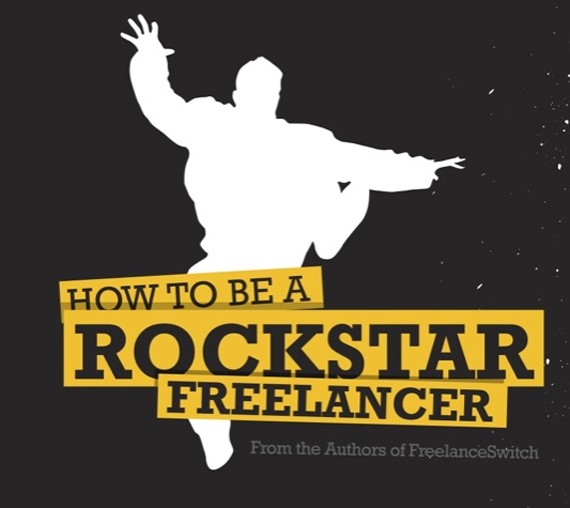
4. Intrigue your Readers with a Question
Pique your reader’s interest by asking them a question, a question that they can relate to, or a question they want answered. ‘Should you Trust your Child Alone with a Nanny?’, ‘Where’s the Best Place to Find Suppliers for my Business?’ and ‘Should you Invest in a Security Camera at Home?’
5. Command your Readers to Action
On the other hand, you can catch your readers’ attention through the command headline. You can create a strong, forceful title by using a command headline. This type of headline tells the readers to take action fast. Examples of the command headline include ‘Invest in your Children’s Future Now’ or ‘Be a Hero—Recycle!’
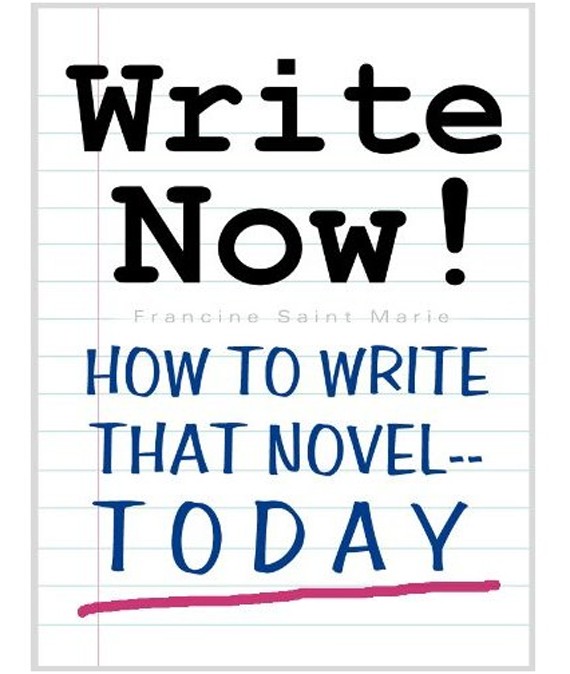
6. Provide Interesting and ‘New’ News in your Headline
A headline that provides news, and informs readers is called a ‘News Headline’.
A compelling headline can relate to current events, a product announcement, the latest scoop etc. Examples include ‘iPad 3 Coming 2012’, ‘International Stock Market on Slow but Steady Recovery’, ‘Microsoft to Launch Secret Gadget to Rival Apple’s iPhone’.
7. Give them a Reason Why
This article is often a list of reasons about why you should opt for the product or service your book is promoting.
It’s a great headline because it’s interesting and precise. Examples are ’10 Reasons you Should Subscribe to Netflix’, ‘Reasons Why an Online Business is Better than the Brick and Mortar’ and ‘5 Ways to Lose 5 Inches Off your Waist’.
8. Use humor
Use humor, but be careful. Make sure that you use your jokes within the right context, and without offending anyone. And don’t be corny. When you are in doubt, just don’t try to be funny.
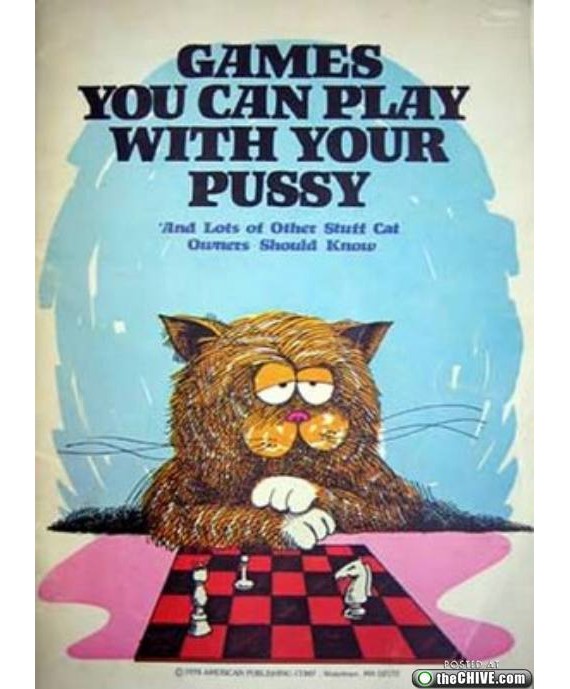
Whether or not some headlines are meant to be funny, do your research and try your best not to offend anyone.
9. Finally, and most importantly: give your readers what they want to hear.
First know who your readers are. If you are writing an exercise book, your readers are probably body conscious people who want to get fit. Work on the emotions of your readers. Feed them what they want to hear.
Of course, body conscious people want to get instant results. Tim Ferriss’ headline ‘The 4 Hour Body’ and ‘The 4 Hour Work Week’ definitely hit the spot. From the title itself, it says that you only work 4 hours a week, it promises you multiple benefits: rapid fat loss, amazing sex, and becoming superman. Emotion is a strong human occurrence and make it work on your side!
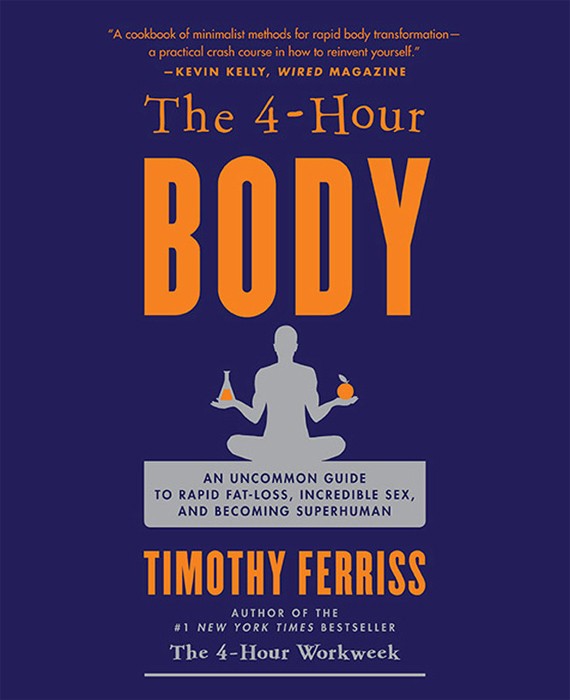
Same goes for the other Ferriss book, The 4-Hour Workweek, that promises escaping the boring 9-5 grind and joining the new rich. To the bored corporate drones who want to escape the corporate world and live financially independent, they will certainly pick up this book from the headline alone.
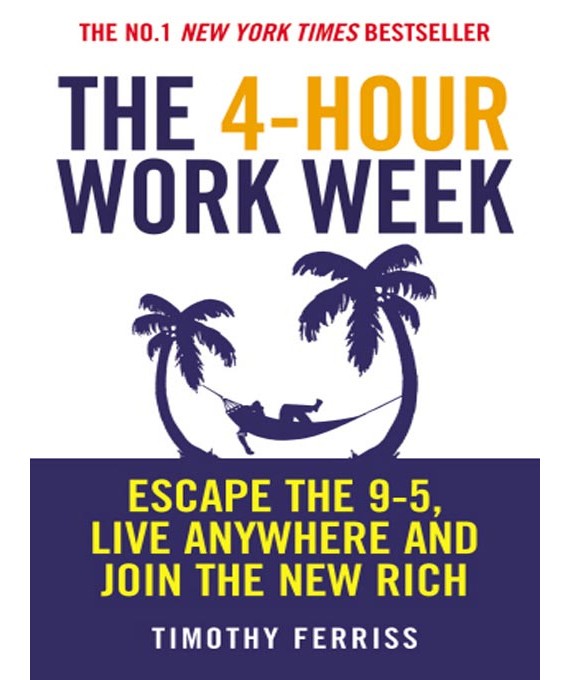
Great Examples of Headlines and Slogans for Inspiration

The slogan by Red Cross is frank and gripping. It makes you sad and feel a little guilty. Then it compels you to action, encouraging you think and to care for the world.
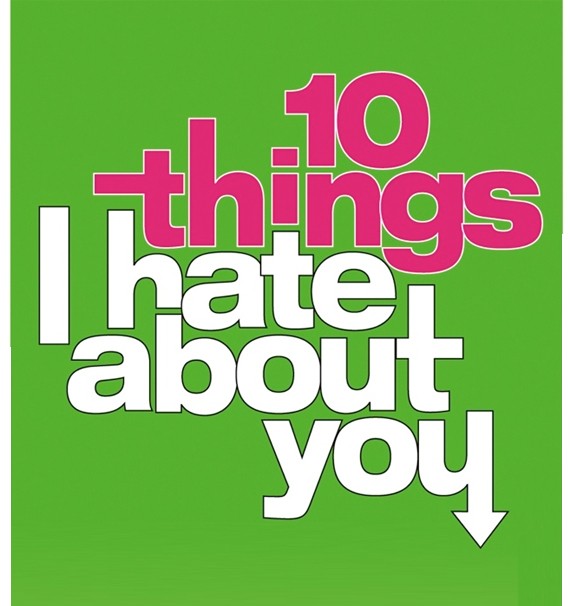
Using a number can be very effective for a headline. Just like the hit 90’s teen flick ’10 Things I Hate About You’, a title like this intrigues readers because it seems to indicate urgency. Plus readers know it’s concise and not too long.
Titles like ’10 Things your waiter doesn’t tell you’, ‘8 Ways to Get a Promotion’ and ‘3 Steps to Getting over your Ex’ work like a charm.
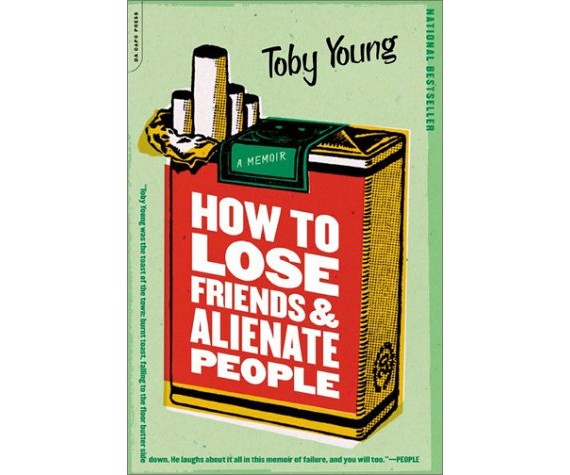
Use of humor, coupled with great typography and a fitting pop art design makes up a winning book cover.
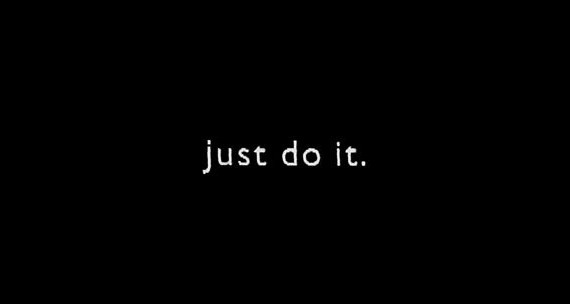
Minimalist, clean and straight to the point. This slogan is so memorable, that you don’t need the check mark logo to know that it’s Nike.
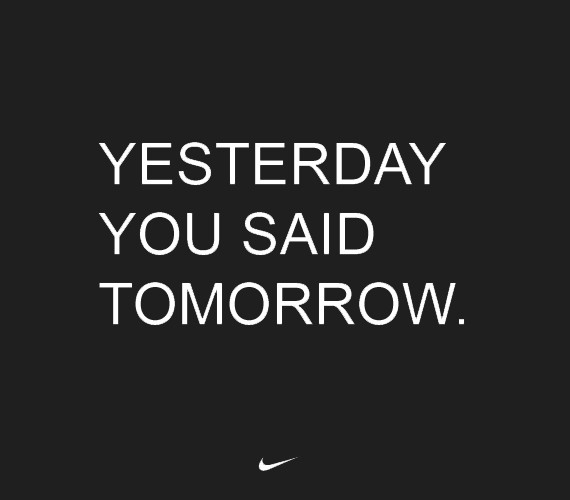
Another great and minimalist slogan from Nike. Everything just works.
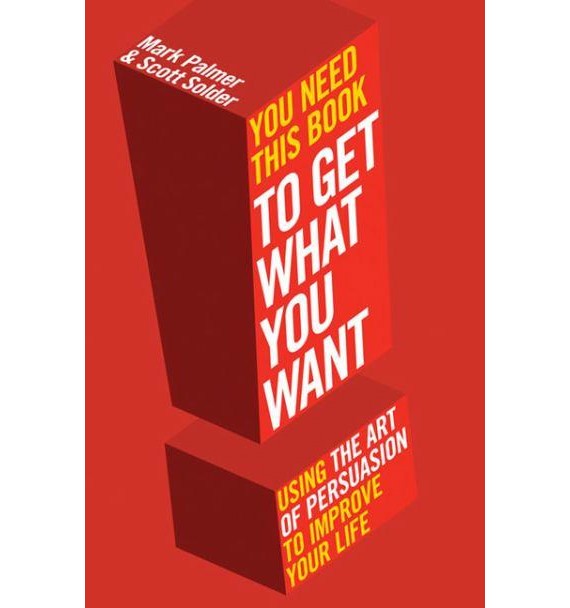
This headline compels you to action (to get the book) and gives you a good reason why you should do so (to get what you want).
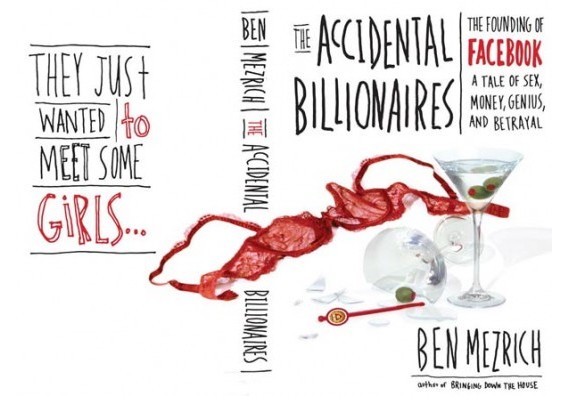
The story of Facebook is wryly entitled ‘The Accidental Billionaires’. The headline is funny enough, giving the idea that the founders became billionaires without intending to, and all they wanted to do in the first place was to ‘meet some girls’.
The book cover is enough to get you intrigued and buy it off the shelf instantly.
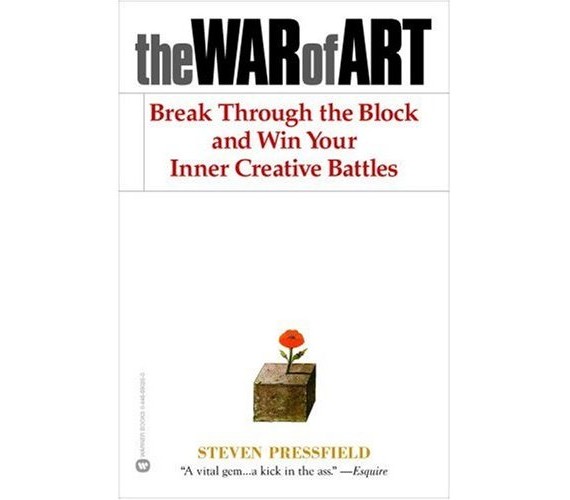
Play with words–such as Steven Pressfield’s ‘The War of Art’. The headline was obviously based on Sun Tzu’s ‘The Art of War’, but this time mixed up to create a fitting title on battling with artist’s block and other inner creative battles.
Helpful Links and Resources
The Headline Analyzer
The Headline Analyzer tool is created to analyze how effective a headline is. It provides you a percentage on how strong it is, based on their calculation on the emotional marketing value of the headline. This means calculating words based on their ‘impact’, whether it’s catchy, emotional, powerful, etc. To make sure that your headline is also appropriate, you have to select a category for your intended headline.
Headline Formulas
There are some headlines that work better than others. If you are having writer’s block and need a little help or two, you can use headline formula tools.
This post may contain affiliate links. See our disclosure about affiliate links here.
